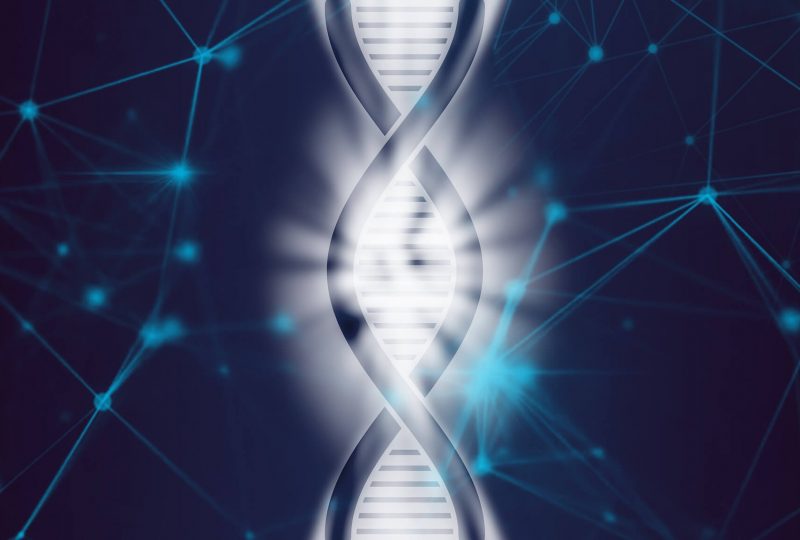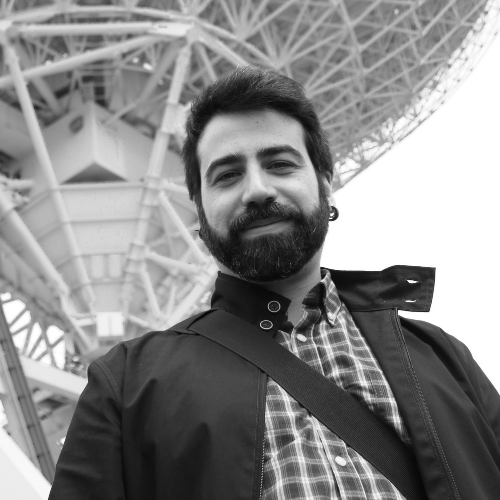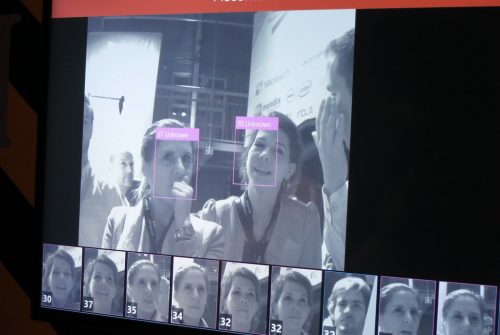A bio-molecular electric cable
9 April 2019 | Written by Alberto Laratro
Developed in Italy the first wire capable of carrying electricity composed entirely of biological material. The first brick for future bio-electronic devices.

Being able to build biological machines, devices and components built using biological material instead of metal, plastic, and silicon, is a difficult goal to achieve but that would bring many advantages in terms of savings and environmental sustainability. The first step is to be able to create a conductor made of organic matter capable of transporting electricity without using metal components: new research by the University of Padua could be on the right path.
Efficient Bio-filaments. It is a micro-device made up entirely of bio-molecules, developed by Marta De Zotti of the Department of Chemical Sciences of the University of Padua and Emanuela Gatto, a researcher at the University of Tor Vergata. The particular ability of this bio-device is that of being able to transport electricity in a stable manner without quickly degrading as usually happens to other molecules of biological origin: during the experiments it remained in operation for months.
How it’s built. At the base of this molecular wire there is a peptide, the chain of molecules that manages the structure of a protein. The one used is a laboratory is an analog of one produced naturally by a fungus, the Trichoderma longibrachiatum, and is called tricogina GA IV. An amino acid, the same one that helps to give DNA its peculiar shape, which guarantees a solid helical shape to the filament.
In order to make the material usable, it is necessary, however, that this “bionic peptide”, capable of effectively transporting electricity just like an electric wire, can be built in 3 dimensions. Therefore, not a flat grid on a surface, but a structure that also develops in height allowing greater flexibility of use. To give this characteristic to the filament, the two researchers were once again inspired by the natural world: inside the structure two nitrogenous bases, adenine and thymine were inserted, the same that form – together with guanine and cytosine – the DNA, in so that the filament could self-assemble and support itself to a sheet of gold that acts as an electrode. With the same method, a porphyrin capable of transforming light into electrical energy has also been added.
Such technology could in the future open the doors to electronic bio-devices made of organic matter.





